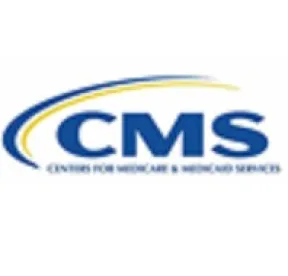On July 12, 2018, the Centers for Medicare & Medicaid Services (“CMS”) issued a proposed rule (“Proposed Rule”) that would, among other changes: (1) reduce the documentation requirements with which physicians and other practitioners must comply in providing and billing for Evaluation and Management (E/M) services under the Medicare Physician Fee Schedule (“PFS”) on or after January 1, 2019; and (2) revise the current reimbursement methodology for E/M services under the PFS. CMS is seeking comment on the Proposed Rule through September 10, 2018.
The prevailing documentation requirements for E/M services were published in 1995 and 1997. For over 20 years, physicians have complained that these requirements were overly complex and burdensome. More recently, commenters have noted that the 1995 and 1997 guidelines are inadequate to address the evolving demands for chronic care management and the growing need for enhanced primary care services provided during in-office visits. In short, there has been a growing concern that the existing guidelines are not aligned with the current practice of medicine. The Proposed Rule attempts to address these concerns, ease the burden on physicians and other practitioners, and modernize outdated practices by making important and substantive changes to the reimbursement methodology and documentation requirements for E/M services.
A Revised Reimbursement Methodology. The Proposed Rule would modify the present PFS reimbursement methodology – which pays different reimbursement rates for each of the five visit code levels for each set of in-office E/M services – and create instead a single reimbursement PFS payment rate for E/M visit levels 2 through 5 for both new and established patients. The proposed minimum documentation required would only need to be that necessary to support a level two E/M visit. The single reimbursement rate, however, could be enhanced with add-on payments for patients that have inherently complex visits, multiple procedures, or prolonged visits. For example, CMS is proposing a $5 add-on payment to recognize when there are additional resources needed to address the inherent complexity of an E/M visits associated with primary care services; an additional $14 add-on payment to recognize additional resources needed to address the inherent complexity in E/M visits associated with certain non-procedural based care; and an additional $67 add-on payment for a prolonged E/M visit.
Reduced Documentation Requirements. Coupled with the revised reimbursement methodology, practitioners will have several documentation choices: they can continue to use the 1995 or 1997 documentation guidelines; they can rely instead on total time spent face-to-face with the patient; or they can rely only on medical decision making to support the E/M level. Whichever of these three documentation standards the practitioner chooses, practitioners would only need to meet documentation requirements associated with a level two visit to get the flat payment rate covering levels two through five.
Specifically, if the practitioner chooses to use only documentation of medical decision making, the practitioner would only be required to submit documentation that is equivalent with the current requirements to demonstrate medical decision making for a level two claim. On the other hand, if a practitioner chooses to document using the time spent with the patient, the Proposed Rule would simplify the present standard for face-face time spent in counseling and coordination of care (which requires that at least 50% of the visit time be so spent) to allow instead simple reliance on the total time spent with the patient, regardless of the amount of counseling and/or care coordination that is being provided. If the practitioner chooses to document based on time, the practitioner would also have to document the medical necessity of the visit and show the total amount of face-to-face time. CMS is soliciting comment on what the total amount of time should be for payment of the single, new rate for levels two to five.
Physicians and other practitioners have been struggling for years under the existing E/M guidelines, trying to ensure compliant documentation. That struggle has been burdensome and has often distracted practitioners from patient care. CMS’ Proposed Rule holds the promise of bringing much needed relief, but whether the proposed reimbursement and documentation guidelines will actually be workable can only be determined once the Proposed Rule is finalized – and likely modified further – following the comment period.




 />i
/>i

